Database Resource
Updated Resources on Migration
This database is maintained by the Global Investigative Journalism Network (GIJN) and is one of many resources available at our Resource Center. Scroll cursor left and right to see entire table.
This database is maintained by the Global Investigative Journalism Network (GIJN) and is one of many resources available at our Resource Center. Scroll cursor left and right to see entire table.

In June 2023, a small fishing trawler carrying hundreds of migrants sank off the coast of Pylos, Greece — one of the deadliest migrant shipwrecks in recent years.

Finding victim-survivors to talk about human trafficking is difficult. Three journalists at GIJC23, who cover human trafficking and irregular migration, shared tips on how to find and protect sources.
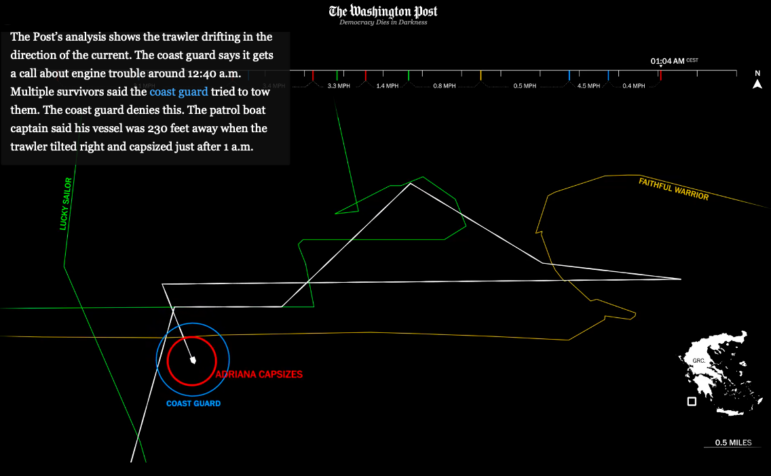
This week’s Top 10 in Data Journalism looks into a deadly migrant tragedy in the Mediterranean, nepotism in US politics, French police brutality, and record-breaking global warming.
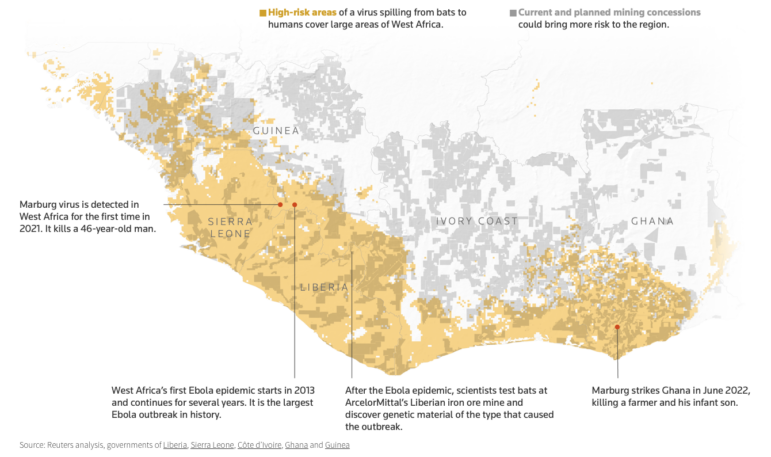
GIJN’s weekly, curated look at the Top 10 in Data Journalism highlights bats and predicting the location of the next pandemic, China’s electric battery dominance, and mapping out Brazil’s healthcare “holes.”

This week’s data journalism roundup digs into abortion pill access in the US, India’s population surpassing China, the illusion of reforestation as a solution for climate change, and the boom in owning pets during the pandemic.
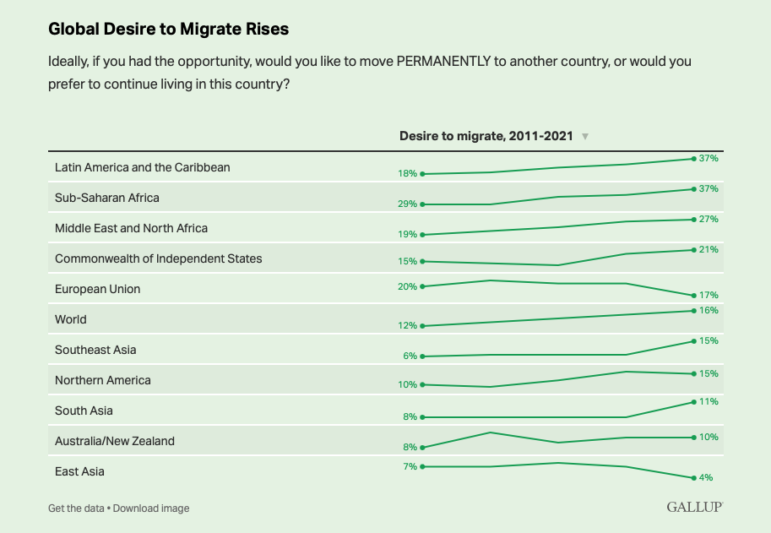
Our weekly look at the most popular data journalism stories on Twitter reveals a global urge to migrates as well as analyses of a US Congressman’s lies, the use of pesticides in EU apple farming, the online patterns of Brazil’s coup plotters, and an interactive US snowfall chart.
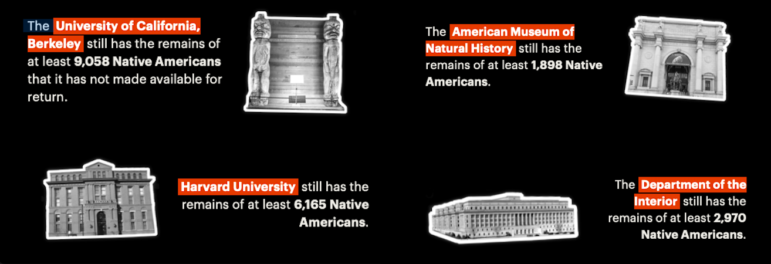
Our most popular data journalism stories of the week highlight a project cataloging Indigenous remains in the US that have yet to be repatriated, a look into the socioeconomic disparities between French school districts, a deep dive into how caste discrimination affects India’s academia, and a German examination of 100 years of student housing.

Journalist Marcela Turati has spent years investigating who is responsible for the thousands of people who have gone missing in Mexico. She spoke to Revista 5W magazine about her work, the dangers of investigating corruption in the country, and why it is so difficult to try and track down who is behind violent crimes against journalists and migrants.
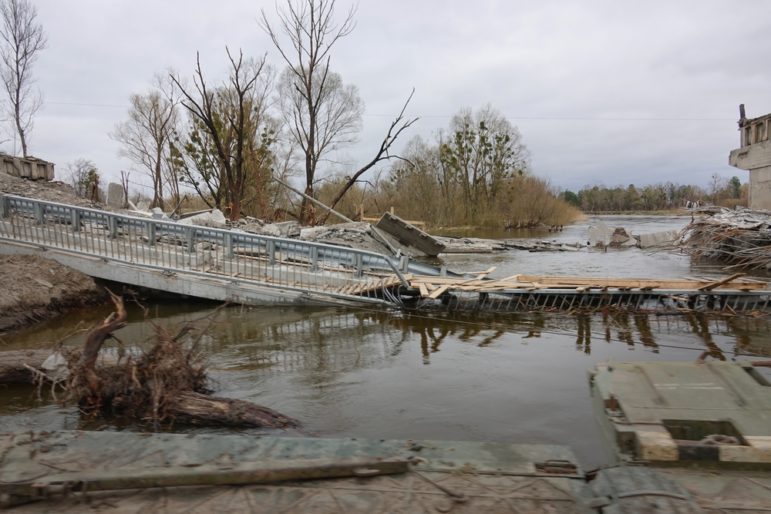
Amid Ukraine’s whole-of-society wartime reorganization, experts and activists are using their skills to track the impact of the conflict on the country’s national parks and biospheres and to document possible environmental war crimes.